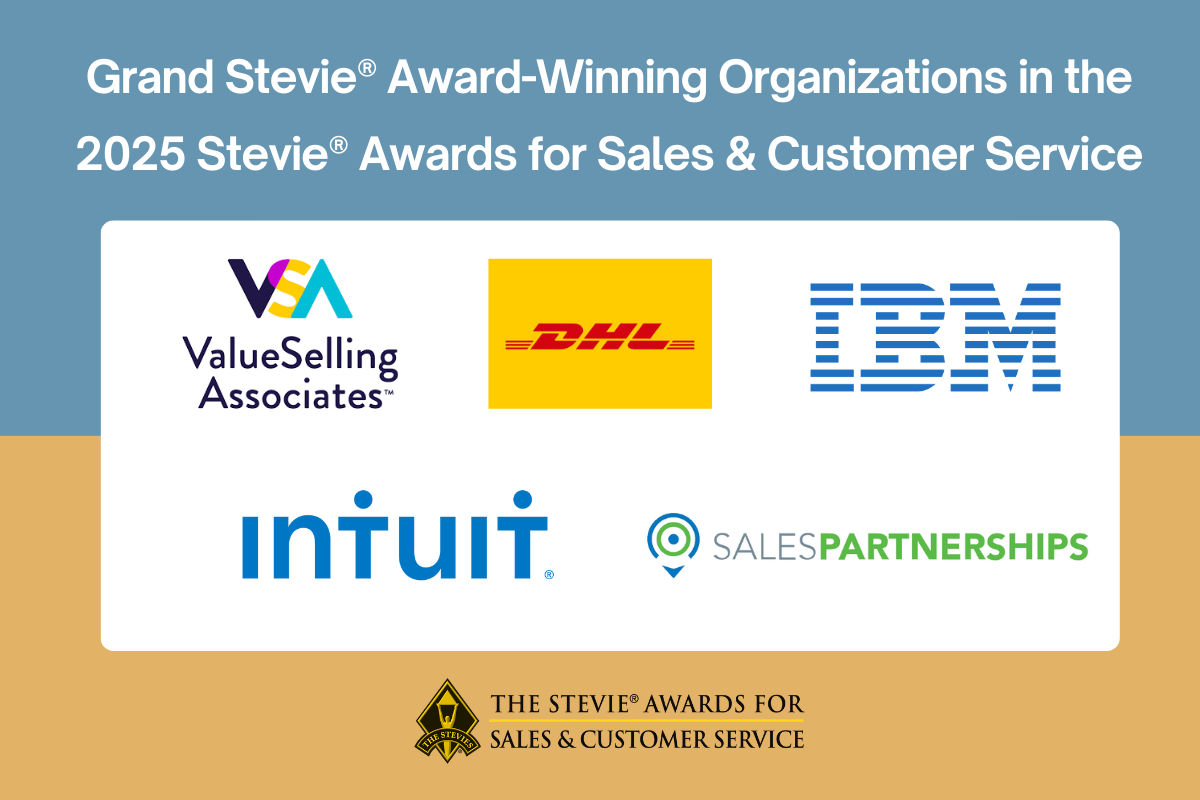Ask executives about their biggest priorities, and you might hear plans to grow sales, to generate efficient systems, or to develop new product lines.
Jillian Hamilton’s mission is to remind corporate leaders they should also focus on threats that seemingly come out of nowhere: an expensive fine from regulators, a large-scale cyberattack, or a costly workplace accident.
For Hamilton, founder and managing director of Australian risk advisory firm Manage Damage, organizations tend to be under-invested in certain areas. The reason? It’s hard to put a dollar amount on the potential damage an incident will produce.
A corporate safety officer and risk manager by background, Hamilton decided to change that dynamic. She launched Manage Damage in 2016 with what she calls a “risk dollarization” approach, in which nonfinancial risk is translated into a financial cost.
“Our method provides senior management members with risk information in language they understand,” says Hamilton. “It enables businesses to see where issues lie and where true associated costs are located.”

Monetizing Risk
By putting a dollar value on risk, she says leaders are more likely to act on the threats most likely to cripple a business. As an example, she points to a client whose workers’ compensation premiums were so high the entire business was on the brink of shutting down. In an industry where workers’ insurance normally accounts for 6.5 percent of an operating budget, the company was paying more than 16 percent.
After working with Manage Damage, which is based in Brisbane, Australia, the company was able to significantly curtail its expenses and improve profit margins.
“We often find the businesses we help are not even aware of how much they are paying,” Hamilton says. “More importantly, they are not aware that what they are paying is far too much.”
Hamilton will sometimes hear people object to putting a monetary value on a human life, but for her, there’s a simple way to think about this dilemma.
“Each person who works at a business is valued,” she says. “Today, you are costed at your business, and you are part of a line item in a budget.”
That number, she says, includes salary, taxes, retirement contributions, and insurance payments made on your behalf. However, she believes monetizing a potential accident only makes the workplace safer for workers.
“It’s vital we create this financially savvy safety approach precisely because I care deeply about minimizing work-induced harm,” she says. “A pragmatic approach that effectively translates safety risk into terms business and financial people can understand has the best possible chance of delivering that outcome.”
Though it only launched a couple of years ago, the company is quickly winning converts, and Manage Damage now has clients in five continents. At the 2018 Asia-Pacific Stevie® Awards, the company won a Gold award for Innovation in Human Resources Management, Planning, and Practice. They also won a Gold in The 2018 International Business Awards®.
The company is certainly benefiting from a rising tide concerning risk awareness. A 2017 survey by risk management association RIMS found that nearly three-quarters of businesses have either a complete or partially integrated enterprise risk management solution in place, up from about half in 2013. Hamilton, though, sees her company’s approach as a particularly effective solution.
“Money talks,” she says. “When you start talking about the costs of safety, people listen. They listen when it is in the newspaper—that is, when it's far too late. We aim to capture people’s attention before incidents and workplace disasters. Follow the money, and listen to where business risk truly lies.”












